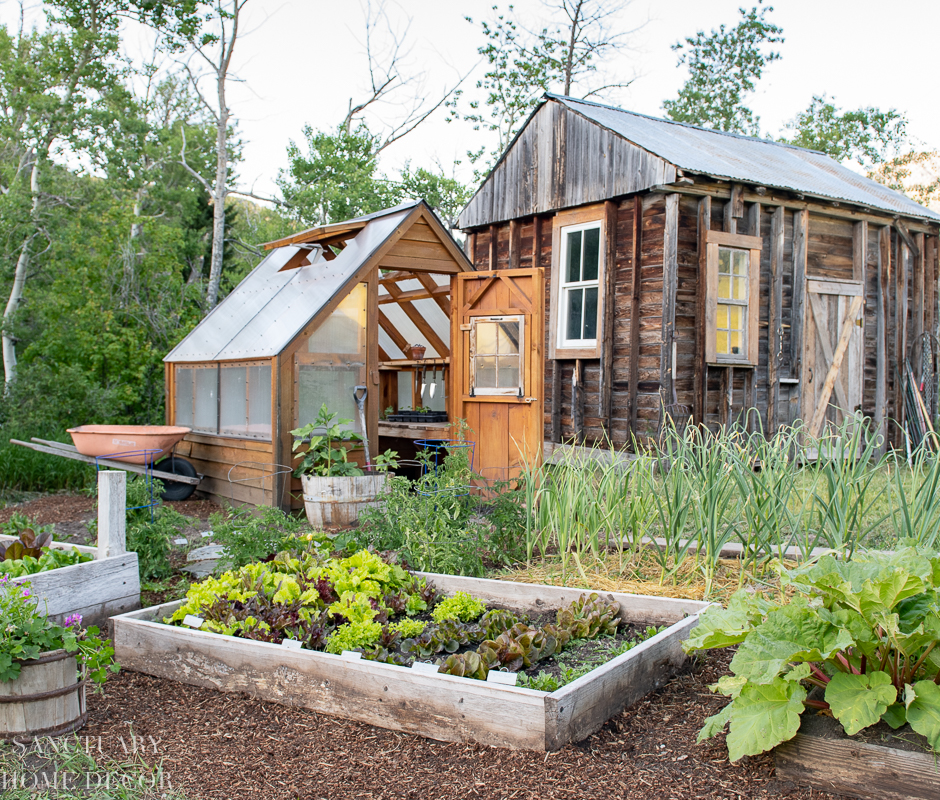Embarking on the journey of creating your own food garden is an exciting and rewarding endeavor, but selecting the right site for it is crucial to its success. From maximizing sunlight exposure to ensuring proper drainage, the location of your garden can significantly impact its productivity and longevity. In this guide, we’ll delve into the key factors to consider when choosing the perfect spot on your property to establish your thriving food garden. Whether you’re a seasoned gardener or just starting out, understanding these principles will set the foundation for a bountiful harvest and a flourishing green space to enjoy for years to come.
A sub-par location can result in sub-par veggies! Here are a few tips for choosing a good site:

- Plant in a sunny location. Most vegetables need at least 6 hours of direct sunlight per day. There are a few veggies that will tolerate some shade.
- Plant in moist, well-drained soil. If you have poorly drained soil (water pools), plant veggies in a raised bed. If you have rocky soil, till and remove the rocks.
- Plant in a stable environment. Avoid places that receive strong winds could knock over your young plants or keep pollinators from doing their job. Nor do you want to plant in a location that receives too much foot traffic or floods easily.
- Edible gardening in small spaces
Especially in townhouse gardens the amount of sunlight in a certain area changes constantly with the high walls and suns seasonal changes. So if your sunlight is constantly changing, it works a lot better to rather plant your edibles in pots and baskets as you can move the containers around to ensure they get as much sunlight as possible throughout the year.
Want to know what vegetables you can plant? Have a look at this article.
